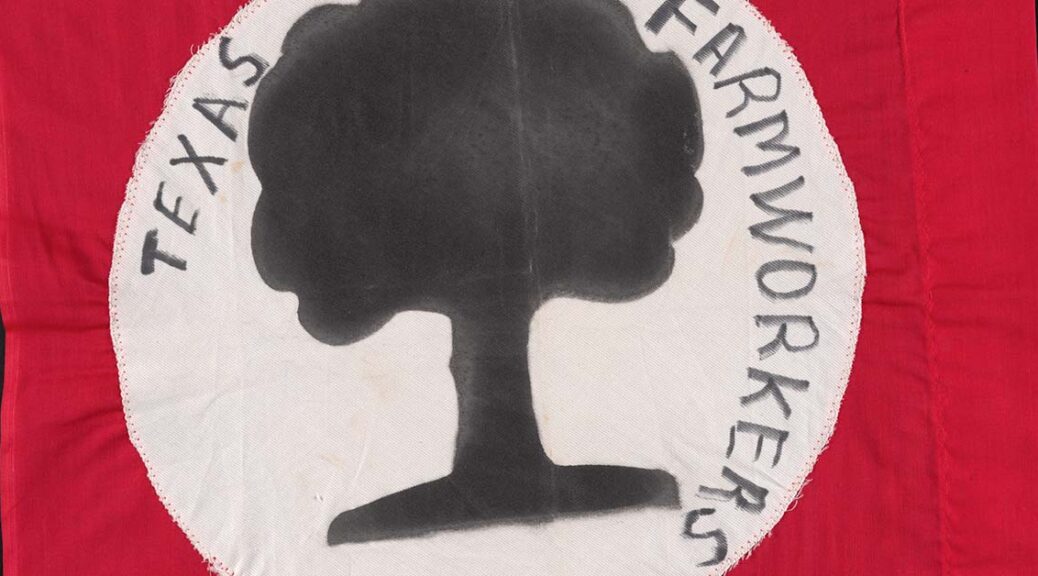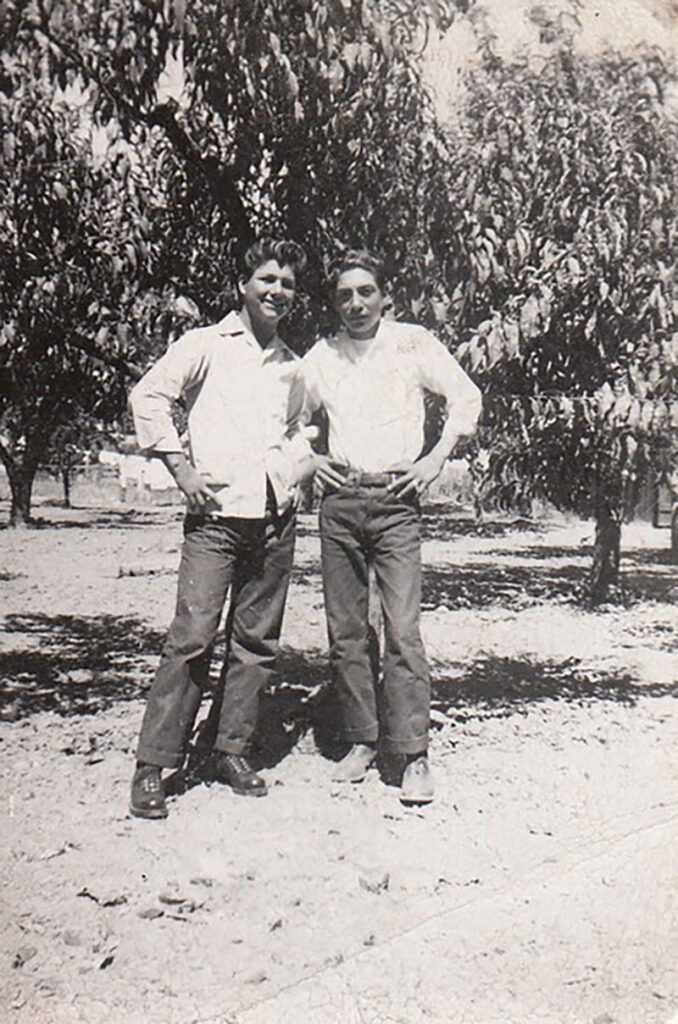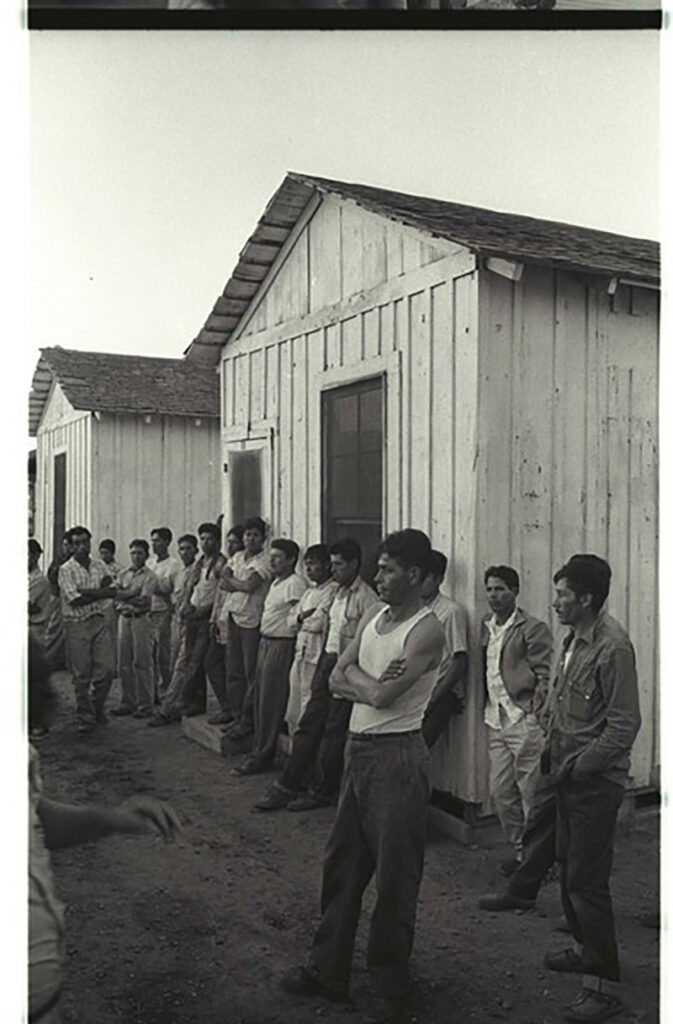Read, hot & digitized: Librarians and the digital scholarship they love — In this new series, librarians from UTL’s Arts, Humanities and Global Studies Engagement Team briefly present, explore and critique existing examples of digital scholarship. Our hope is that these monthly reviews will inspire critical reflection of and future creative contributions to the growing fields of digital scholarship.
A twenty-two-year program that began during World War II and is still relevant nearly sixty years after its conclusion in 1964, the Bracero Program was an agreement between the U.S. and Mexican governments to permit short-term Mexican laborers to work in the United States.
In an effort to stem labor shortages during and after the war years, an estimated 4.6 million workers came to the USA with the promise of thirty cents per hour and “humane treatment.” Of course, we know that loosely defined terms like “humane treatment” present a slippery slope that can erase and omit stories. Fortunately, through the collaborative efforts of the Roy Rosenzweig Center for History and New Media, George Mason University, the Smithsonian National Museum of American History, Brown University, and the University of Texas at El Paso’s Institute of Oral History, many of those once-hidden stories have been preserved and made accessible through the Bracero History Archive (BHA).
The BHA offers a variety of materials, most notably over 700 oral histories recorded in English and Spanish. While the metadata fields for each oral history could be more robust, the ability to hear first-hand accounts and inter-generational stories is a dream come true for primary source-seekers. All audio is available to download in mp3 format for future use.
Apart from oral histories, other resources are also available. Images, such as photographs and postcards, provide visuals of the varied environments that hosted the Braceros as well as portraits of the Braceros themselves.
Again, further detail on these resources would benefit the archive. For example, the photograph above, titled “Two Men,” demonstrates a lack of context needed for a more profound understanding while also acknowledging the potentially constant transient nature of Bracero work. In fact, the very word bracero, derived from the Spanish word for “arm,” is indicative of the commodification and dehumanization of the human body for labor. Workers lived in subpar work camps, received threats of deportation, and lacked proper nourishment, especially given the arduous work conditions.
Additional BHA resources include a “documents” section in which offspring share anecdotes about the Bracero Program and track down information about loved ones. Finally, the site offers resources for middle school and high school teachers to use in their curriculum. Here again is an opportunity to further build out the site for university-level instruction.
The digital objects in the BHA are worthwhile for those looking to recover an often-overlooked subject in American history that still resonates with themes relating to immigration today. Indeed, farmworkers continue to be exploited and underappreciated despite their contributions to society. This has led to a number of movements, marches, and boycotts in efforts to improve living conditions and wages.
For those interested in oral history collections at the University of Texas Libraries, look no further than the Voces Oral History Project and Los del Valle Oral History Project, both housed at the Nettie Lee Benson Latin American Collection. Similarly, collections related to farmworkers, and undoubtedly influenced by the legacies of the Bracero Program, include the Texas Farm Workers Union Collection and the María G. Flores Papers.



